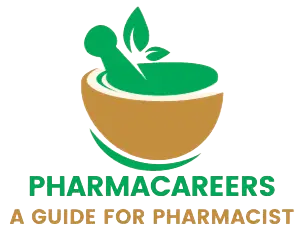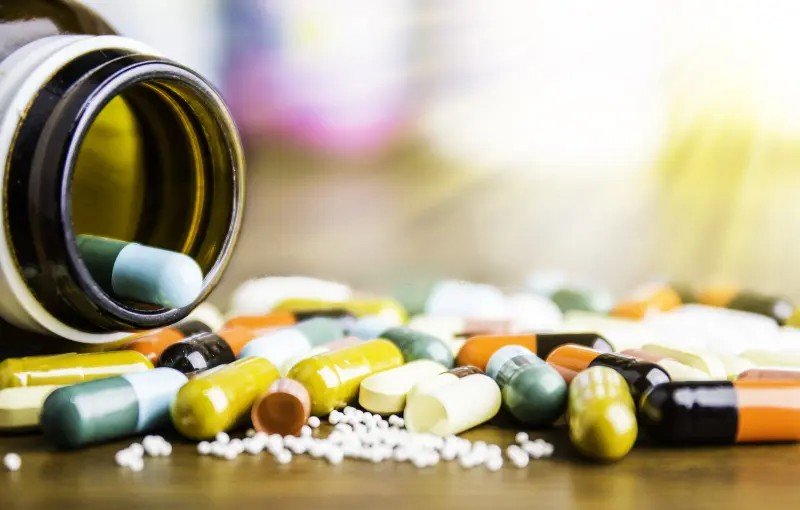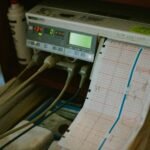-
Primary, Established and Transformed Cell Culture
Primary, Established and Transformed Cell Cultures Cell culture is a fundamental technique in microbiology and pharmaceutical research, involving the growth of cells in a controlled artificial environment. This method allows scientists to study the behavior of cells in a way that closely mimics their natural state within an organism. Here are some key points about
-
Growth of Animal Cells in Culture, General Procedure for Cell Culture
Growth of Animal Cells in Culture, General Procedure for Cell Culture Cell culture refers to the process of growing cells under controlled conditions, typically outside their natural environment. This technique is fundamental in microbiology and pharmaceutical studies for several reasons: Research and Development: Cell cultures allow scientists to study the biology of cells in a
-
Evaluations of Microbial Stability of Formulations
Evaluations of Microbial Stability of Formulations Microbial stability refers to the ability of a pharmaceutical formulation to resist microbial contamination and maintain its integrity over time. This is crucial because microbial contamination can lead to the degradation of the product, reducing its efficacy and potentially causing harm to patients. Contaminated products can undergo changes in
-
Preservation of Pharmaceutical Products Using Antimicrobial Agents
Preservation of Pharmaceutical Products Using Antimicrobial Agents Pharmaceutical products play a crucial role in healthcare by diagnosing, treating, and preventing diseases. However, these products are vulnerable to microbial contamination, which can lead to spoilage, reduced efficacy, and potential health risks for patients. To ensure the safety and longevity of pharmaceutical products, antimicrobial agents are employed
-
Sources and Types of Microbial Contaminants
Sources and Types of Microbial Contaminants Microbial contamination is a critical concern in the pharmaceutical industry. Understanding its sources and types is crucial for safeguarding patient health. In this comprehensive article, we’ll explore the intricacies of microbial contamination, its potential origins, and effective preventive measures. Limitations of Microbial Data: Before we dive into the specifics,
-
Pharmacy Practice MCQ
Pharmacy Practice MCQ, in this article we will solve, Practice MCQ under subject Microbiology. Read following article for your reference. Assessment Of New Antibiotics » PHARMACAREERS What is the primary goal of assessing new antibiotics? a) To determine the flavor b) To evaluate their efficacy and safety c) To reduce production costs d) To enhance color Which
-
Types of Spoilage, Factors Affecting the Microbial Spoilage of Pharmaceutical Products
Types of Spoilage, Factors Affecting the Microbial Spoilage of Pharmaceutical Products As pharmaceutical manufacturers strive to ensure the safety and efficacy of their products, the specter of microbial spoilage looms large. Imagine a scenario where a seemingly pristine medication harbors hidden microbial invaders—potentially compromising patient health and tarnishing the reputation of the company responsible. In
-
Pharmacy Practice MCQ
Pharmacy Practice MCQ, in this article we will solve, Practice MCQ under subject Microbiology. Read following article for your reference. Methods For Standardization Of Antibiotics, Vitamins And Amino Acids » PHARMACAREERS What is the primary purpose of standardization in pharmaceuticals? a) To enhance flavor b) To ensure consistent quality and efficacy c) To increase production speed d) To reduce costs Which method is commonly used for the standardization of antibiotics? a) Spectrophotometry b) HPLC (High Performance Liquid Chromatography) c) Turbidimetric assay d) All of the above What does HPLC stand for? a) High Potential Liquid Control b) High Performance Liquid Chromatography c) High Pressure Liquid Chromatography d) High Precision Liquid Calibration In the standardization of antibiotics, what does MIC stand for? a) Minimum Inhibitory Concentration b) Maximum Inhibitory Concentration c) Minimum Instant Concentration d) Maximum Instant Concentration Which type of assay is often used for the standardization of vitamins? a) Biological assay b) Chemical assay c) Immunoassay d) Both a and b What is the principle behind a turbidimetric assay for antibiotics?
-
Assessment of New Antibiotics
Assessment of New Antibiotics In the relentless battle against infectious diseases, antibiotics have been our stalwart defenders. However, their effectiveness is increasingly threatened by the emergence of antibiotic-resistant pathogens. As we stand at this critical juncture, the assessment of new antibiotics becomes paramount. The Urgency of Assessment: Imagine a world where common infections become life-threatening
-
Pharmacy Practice MCQ
Pharmacy Practice MCQ, in this article we will solve, Practice MCQ under subject Microbiology. Read following article for your reference. Principles And Methods Of Different Microbiological Assays » PHARMACAREERS What is the primary purpose of microbiological assays in pharmaceutical industries? a) To determine the pH of a solution b) To evaluate the potency and concentration of antibiotics c) To measure the density of a liquid d) To calculate the melting point of a substance Which of the following is a commonly used method for antibiotic potency testing? a) Titration b) Gravimetric analysis c) Agar diffusion method d) Spectroscopy What is the principle behind the agar diffusion method? a) Measurement of light absorption b) Calculation of solubility c) Diffusion of antibiotic through an agar medium to inhibit bacterial growth d) Separation of particles based on density Which type of microorganism is commonly used in antibiotic assays? a) Fungi b) Bacteria c) Algae d) Protozoa In an agar diffusion test, what is measured to determine the potency of an antibiotic? a) Absorbance of light b) Diameter of the inhibition zone c) Weight of the sample d) Volume of the solution What is the broth dilution method used for? a) Determining the color of a solution
Search
Recent Posts
- 2D Echo Test (Echocardiography): Uses, Procedure, Normal Values, Cost, and Clinical Importance
- The Ultimate Guide to Glucometers: Types & Uses Explained
- Mounjaro Injection (Tirzepatide): Uses, Dosage, Benefits, Side Effects & more
- Benefits of Walking for Heart and Diabetic Patients
- Bevacizumab Explained: Structure, Mechanism of Action, Clinical Uses, and Side Effects
Categories
- Biochemistry
- Biostatistics
- Biotechnology
- Blogs
- Chemistry
- Community Pharmacy
- Diagnostic tests
- Disease & Conditions
- Drug Index
- Featured Blog
- Hospital Pharmacy
- Human Anatomy And Physiology
- Inorganic Chemistry
- Lifestyle & Wellness
- Medicinal Chemistry
- Microbiology
- Miscellaneous
- Novel Drug delivery Systems
- Organic Chemistry
- Pathophysiology
- Pharma Instruments & Devices
- Pharma News & Updates
- Pharma Updates
- Pharmaceutical Analysis
- Pharmaceutical Jurisprudence
- Pharmaceutics
- Pharmacognosy
- Pharmacology
- Pharmacy
- practice mcq
- Previous Question Papers
- Social Pharmacy
- Study Material
Archive
- December 2025 (3)
- November 2025 (1)
- October 2025 (1)
- September 2025 (7)
- August 2025 (7)
- July 2025 (6)
- June 2025 (9)
- May 2025 (9)
- April 2025 (10)
- March 2025 (13)
- February 2025 (13)
- January 2025 (20)
- December 2024 (48)
- November 2024 (49)
- October 2024 (64)
- September 2024 (62)
- August 2024 (58)
- July 2024 (56)
- June 2024 (25)
- May 2024 (17)
- April 2024 (19)
- March 2024 (21)
- February 2024 (18)
- January 2024 (24)
- December 2023 (13)
Tags
biochemistry bpharmacy third semester Construction free practice mcq inorganic chemistry microbiology microbiology mcq pathophysiology Pharmaceutical Engineering pharmaceutics Pharmacology pharmacy practice mcq physical pharmaceutics physical pharmaceutics 2 practice MCQ for govt pharmacist exam





